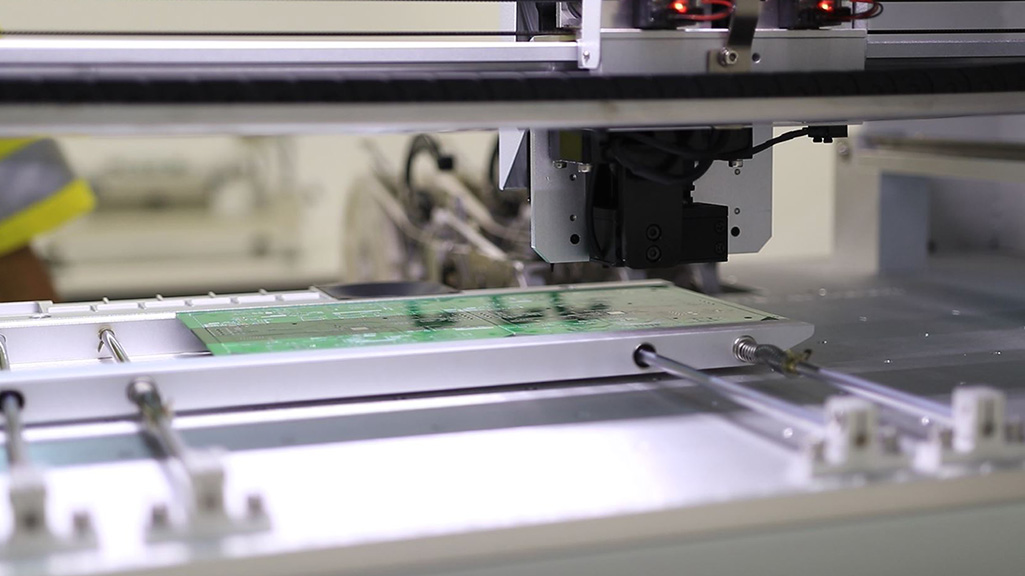Why do we have Petrochemical Safe Rooms?
The purpose of a safe haven, blast-resistant building, or shelter-in-place is to keep you safe.
There are typically large volumes of hazardous chemicals being used, stored, and transported at a facility, such as a chemical processing plant or industrial manufacturer. These pose potentially dangerous situations should an accident occur.
Depending on toxicity or intensity, a chemical release or blast can cause severe health effects. Toxic gases produced from an explosion or loss of containment, when inhaled, can lead to disorientation, incapacitation, or death.
Emergency Action: Shelter vs. Evacuation
Two protective actions commonly used in the event of a blast or chemical release are evacuation or seeking refuge in a shelter-in-place or safe haven. Time, size of the hazard, and location are just a few variables that can impact your ability to evacuate safely. When evacuation is not possible, these shelters provide a safe alternative and are an essential part of emergency management.
Implementing prevention, response, and rescue measures are imperative in dangerous environments. However, there are several factors which can influence the effectiveness of emergency action;
- An incomplete understanding of the root cause of fires, explosions or gas releases
- Deficiency in practical engineering controls to prevent, detect, and mitigate disasters
- Inadequate training of personnel, about methods to predict, prevent, and deal with a chemical emergency
- Combining emergency response plans for fire with chemical releases
Installing protective shelters such as safe havens, blast-resistant buildings, and SIPs, is a mitigation control to reduce the loss of life, and damage to property and equipment, when preventative controls fail. When it comes down to it, these shelters help to improve survivability.
Frequently Asked Questions
Shelter-in-Place (SIP) is a common term used in community and commercial emergency response actions plans. It refers to the process of taking refuge by staying indoors and sealing your environment. Read More.
A blast-resistant building (BRB) is a reinforced structure designed to reduce harm to personnel and equipment in the event of an accidental or deliberate explosion. BRBs are common within petrochemical plants, including manufacturing and chemical processing. Read More.
A safe haven or refuge chamber is a sealed environment, in which you can take shelter during a hazardous event when evacuation is not possible. Read More.
Removing personnel through evacuation is not always possible. A multitude of factors, including the lack of adequate pre-warning, will significantly impact the emergency action undertaken. As a primary means of protection, sheltering in place is the most survivable option when evacuation is not possible. Read More.








